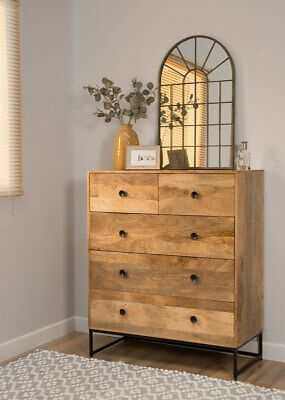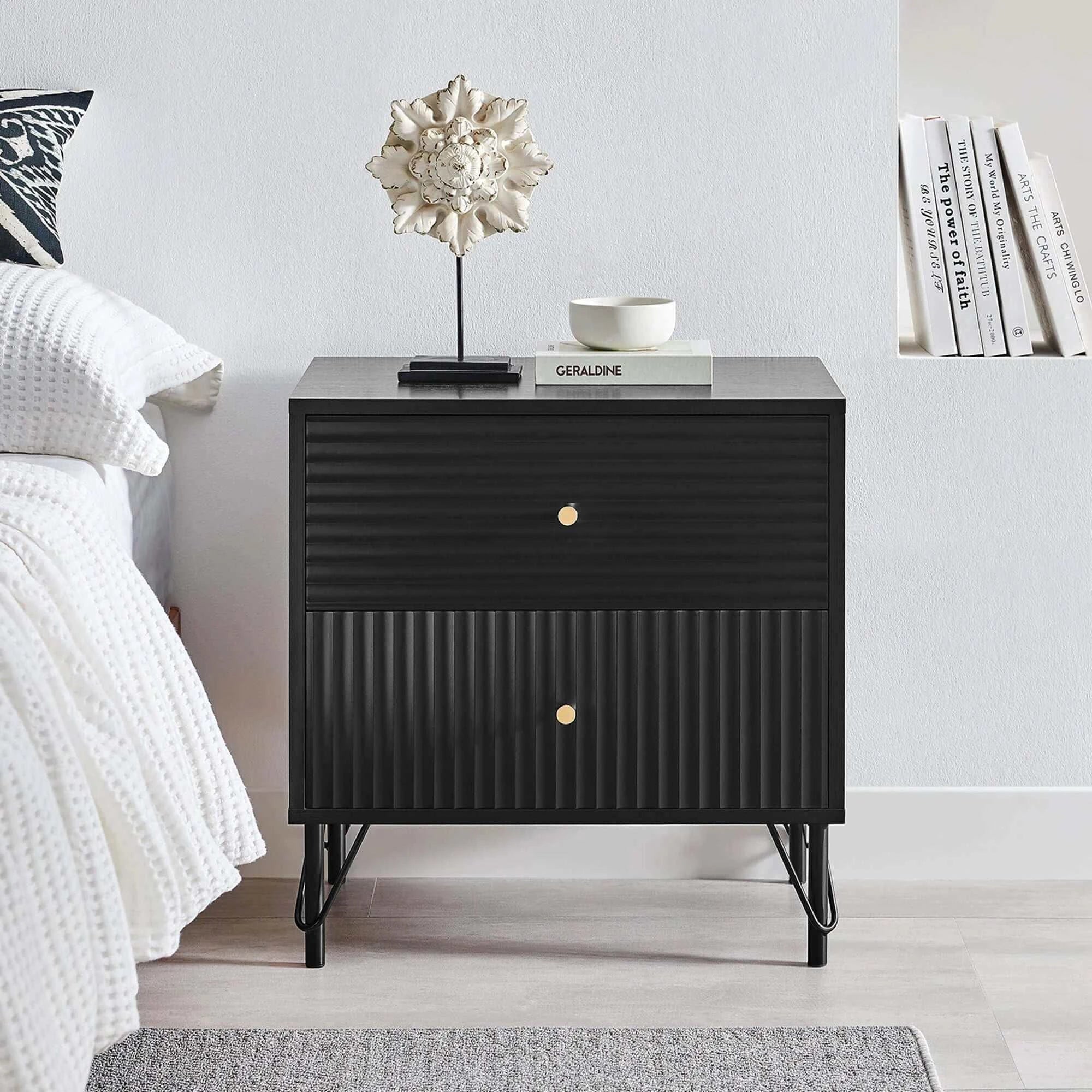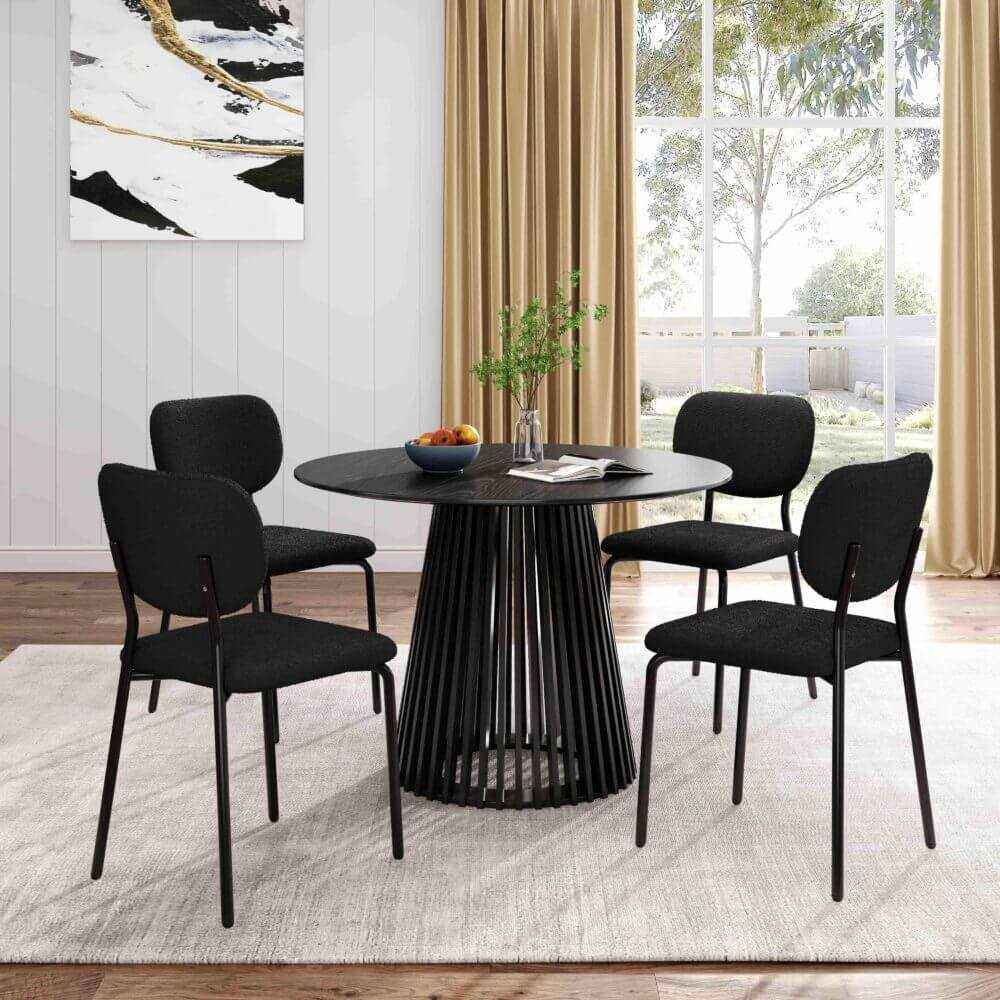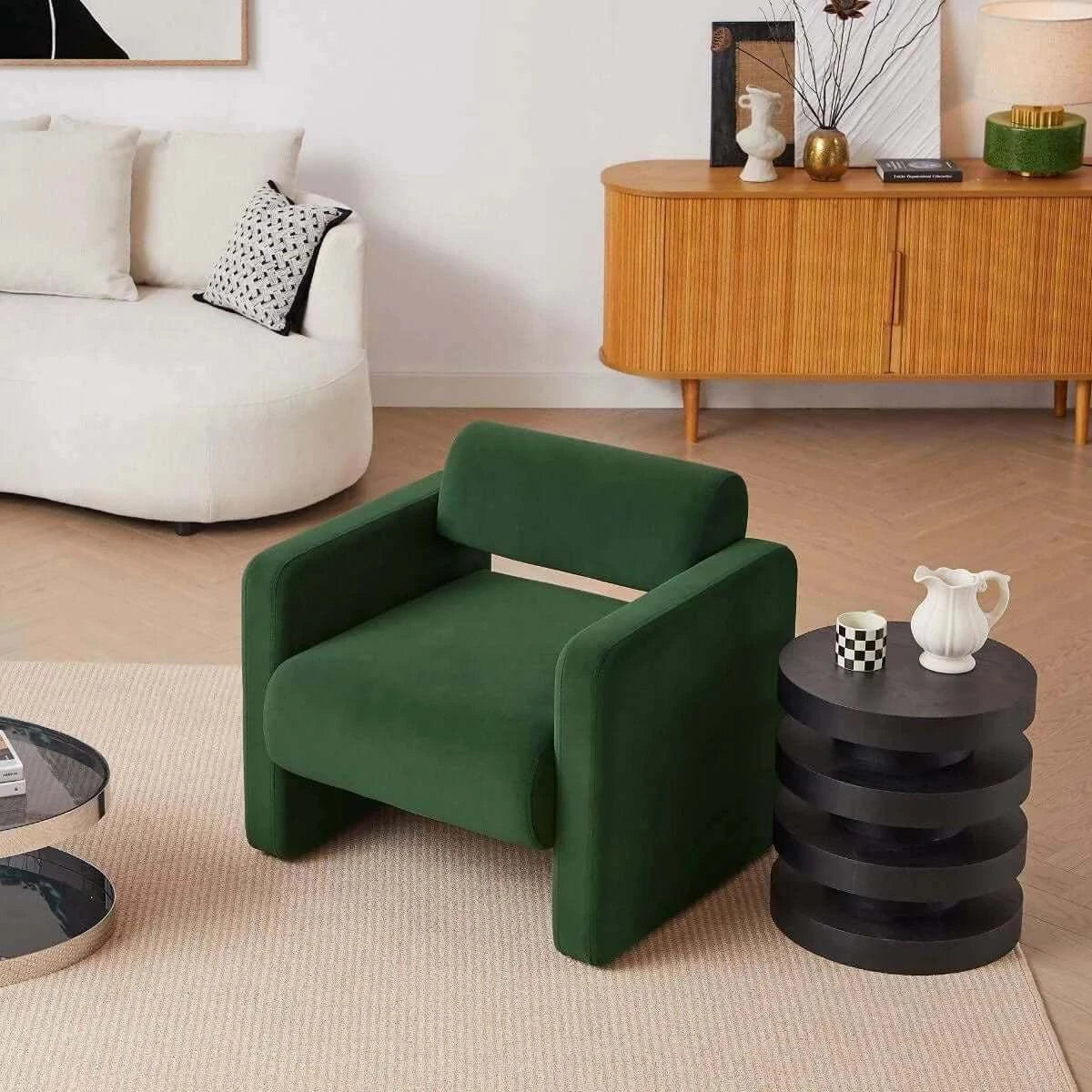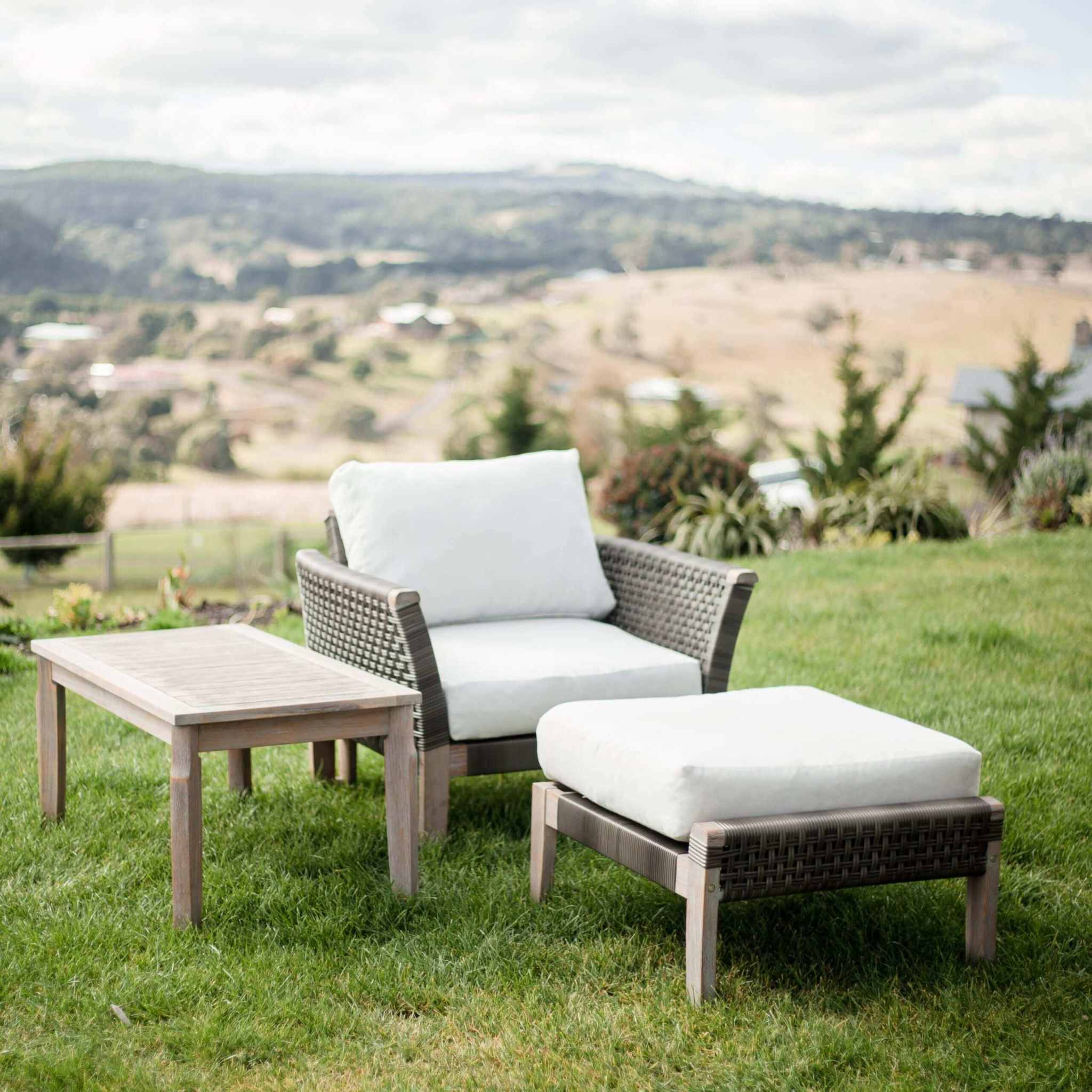Introduction to Bedroom Storage
Maximising storage in your bedroom is key to creating a comfortable and organised living space. The right bedroom furniture, such as bedroom drawers and chests of drawers, can help you make the most of your available floor space while keeping clutter at bay. By choosing storage solutions that suit your needs and the size of your room, you can ensure that everything has its place—making it easier to find what you need and maintain a tidy environment. Whether you're working with a compact bedroom or a spacious main suite, investing in well-designed storage furniture transforms your space into a more functional and relaxing retreat.
Key Takeaways
-
A drawer chest of drawers is a tall, vertical storage unit with multiple stacked drawers, perfect for maximising bedroom storage in limited floor space.
-
Available in various styles, including tallboys (5-7 drawers), lowboys (3-4 drawers), and slimboys for narrow spaces, with materials ranging from solid wood to MDF and engineered timber
-
Essential difference from dressers: chests are taller and narrower without mirrors, while dressers are broader and shorter, often with mirrors and seating areas
-
Modern chests of drawers feature smooth-gliding drawer mechanisms, rounded safety edges, and finishes like white, oak, walnut, and rattan to match contemporary bedroom styles.
-
Beyond bedrooms, these versatile storage units work effectively in living rooms, hallways, nurseries, and home offices for organising various items.
-
Customers in Australia can shop and browse a wide range of drawer chests online, with many products coming with a warranty for added peace of mind.
When it comes to maximising bedroom storage without sacrificing valuable floor space, a chest of drawers with drawers stands as one of the most practical storage solutions available. This tall, vertical furniture piece has evolved from simple wooden chests to sophisticated bedroom furniture that seamlessly blends function with contemporary style.
Whether you're furnishing a compact studio apartment, organising a growing family's clothing collection, or simply seeking more efficient storage needs, understanding the versatility and benefits of drawers and chests can transform how you approach bedroom organisation. This comprehensive guide will help you discover the right size and style for your living space while exploring everything from materials and construction to placement and maintenance.
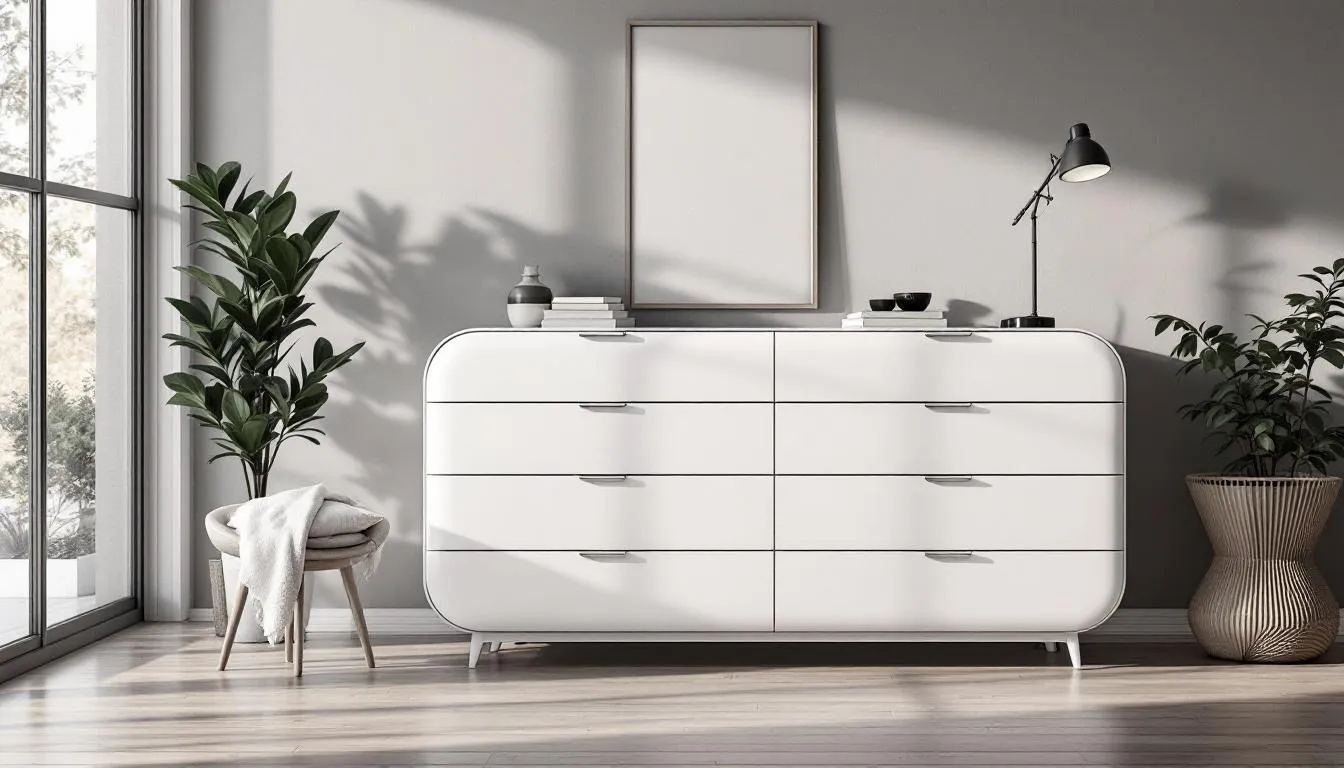
What is a Drawer Chest of Drawers
A drawer chest of drawers is a tall, vertical storage unit consisting of multiple stacked drawers designed primarily for organising clothing, bedding, and personal accessories. Unlike traditional wooden chest designs that open from the top, these modern pieces provide easy access to items through individual drawer compartments, making them essential bedroom furniture for efficient organisation. Many modern drawer chests are carefully crafted to ensure durability and style, offering a range of options to suit various bedroom décors.
Standard dimensions for chest of drawers typically range from 80cm to 140cm in height and 40cm to 80cm in width, though these measurements can vary significantly based on style and manufacturer. The narrow profile makes them ideal for bedrooms with limited available space, allowing homeowners to store substantial amounts of clothing without the floor space requirements of larger furniture pieces like wardrobes or armoires.
The primary purpose extends beyond simple storage. These units serve as practical storage solutions that can complement existing bedroom décor while providing organised compartments for different types of clothing. From socks and underwear in smaller top drawers to bulkier items like sweaters and linens in deeper bottom sections, a well-designed chest maximises vertical storage efficiency.
Compared to other bedroom storage options, a chest of drawers offers several distinct advantages. Unlike wardrobes that require significant clearance for door opening, these units need minimal space around them for drawer operation. They also provide more accessible storage than high shelving systems, making them suitable for all ages and mobility levels.
The historical evolution of these pieces traces back to the mid-17th century, when furniture makers began transforming traditional storage chests by adding multiple drawers. By the 1680s, the chest of drawers had evolved into the standalone piece we recognise today, consisting entirely of drawers rather than a combination of chest and drawer storage.
Assessing Storage Needs
Before selecting new furniture, it's essential to assess your storage needs to ensure your bedroom remains organised and clutter-free. Start by taking stock of the items you need to store—clothing, accessories, bedding, and more. Consider how often you use each item; for example, everyday clothing and essentials should be stored in easy-to-reach drawers, while out-of-season garments or extra bedding can be tucked away in a wooden chest or less accessible compartments. By understanding your storage requirements, you can choose the right chest of drawers, dresser, or other furniture to keep everything neatly stored and easily accessible. This thoughtful approach helps you maintain order and make the most of your bedroom's storage potential.
Types and Styles of Chest of Drawers
The variety of chest styles available in 2024 reflects both traditional craftsmanship and modern design innovation. Many new designs offer a fresh look to suit contemporary bedroom décor. Understanding different configurations helps ensure you select the right chest for your specific storage requirements and room dimensions.
Tallboy Chest of Drawers
Tallboy chest of drawers represents the quintessential tall storage solution, typically featuring 5-7 drawers and standing between 120-140cm in height. These imposing units maximise vertical storage while maintaining a relatively narrow footprint, making them perfect for bedrooms where floor space comes at a premium.
The most popular configurations include 6-drawer and 7-drawer models, with many featuring varied drawer heights. Typically, the top drawers are shallower for organising smaller items like jewellery and accessories, while lower drawers provide deeper storage for bulky clothing and bedding. This graduated sizing ensures optimal space utilisation throughout the unit.
Tallboy chests work exceptionally well for couples or individuals with extensive clothing collections. A standard 6-drawer tallboy can accommodate approximately 60-80 clothing items when properly organised, making it an excellent complement to existing wardrobe space. The height also provides an opportunity to place decorative items or a table lamp on top, adding both function and style to the room.
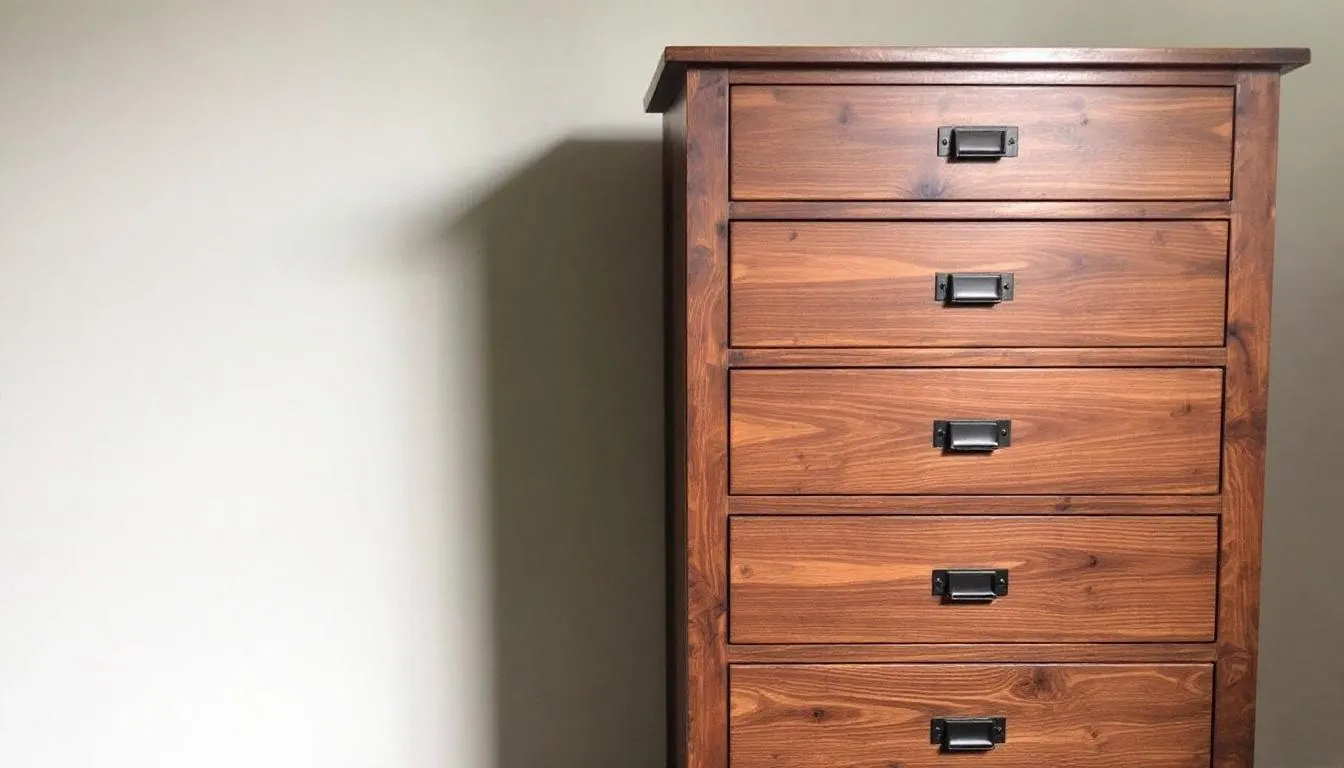
Lowboy and Standard Chests
Lowboy chest designs typically feature 3-4 drawers and range from 80-100cm in height, offering a more accessible storage option for various household needs. The wider design often makes these units suitable for placing decorative items, televisions, or serving as a foundation for a dressing table setup.
These moderate-height options work particularly well in children's bedrooms, where easy access encourages independence in clothing organisation. Parents appreciate the safety aspect of lower furniture in kids' rooms, reducing climbing temptations while still providing ample storage for growing wardrobes.
Standard chests in this category often feature deeper drawers compared to their taller counterparts, making them excellent for storing bulkier items like thick sweaters, extra bedding, or seasonal clothing. The accessible height also makes them popular choices for guest rooms, where visitors can easily reach their belongings without struggling with high drawers.
Many contemporary lowboy designs incorporate modern features like soft-close mechanisms and rounded safety edges, making them both practical and child-friendly. The versatility of these units extends beyond bedrooms, with many homeowners successfully incorporating them into living rooms or hallways for additional storage.
Slimboy and Narrow Chests
Slimboy chest designs address the growing need for space-saving furniture in modern living situations. Measuring just 35-50cm wide, these narrow units typically feature 4-6 drawers arranged vertically, providing surprising storage capacity within a minimal footprint.
The narrow design makes these chests perfect for tight spaces such as walk-in closets, hallways, or compact bedrooms where traditional furniture won't fit. Despite their slender profile, quality slimboy chests can still accommodate a substantial wardrobe when drawers are efficiently organised with dividers and storage accessories.
Studio apartments and minimalist living arrangements particularly benefit from these space-efficient designs. The tall, narrow silhouette draws the eye upward, creating an illusion of height that can make small rooms feel more spacious. Many modern designs feature sleek, contemporary lines that complement minimalist décor styles.
Installation considerations for narrow chests include ensuring adequate clearance for drawer operation while maintaining room flow. Despite their compact width, these units still require approximately 60cm of clearance in front for comfortable access to all drawer levels.
Materials and Construction Quality
The choice of materials significantly impacts both the durability and aesthetic appeal of your chest of drawers, with options ranging from premium solid wood to cost-effective engineered materials. Understanding construction quality helps ensure your investment provides years of reliable storage service.
Solid Wood Construction
Premium solid wood construction represents the gold standard in chest of drawers manufacturing, with popular materials including oak, pine, mahogany, and walnut. These natural materials offer exceptional durability, with properly maintained solid wood pieces often lasting generations while developing an attractive patina over time.
Oak chest of drawers particularly exemplifies quality construction, featuring distinctive grain patterns and natural strength that resists wear and damage. The investment in solid wood typically ranges from $800 to $2500 for quality pieces, reflecting both the material costs and skilled craftsmanship required for proper construction.
The benefits extend beyond mere durability. Solid wood pieces can be refinished, repaired, and even modified over time, making them sustainable long-term investments. Natural wood also contributes to healthier indoor air quality compared to some engineered alternatives, which is significant in bedroom environments.
Maintenance requirements for solid wood include periodic conditioning with appropriate wood oils or waxes, protection from excessive moisture, and occasional tightening of hardware. With proper care, these pieces maintain their beauty and function for decades, often becoming treasured family furniture.
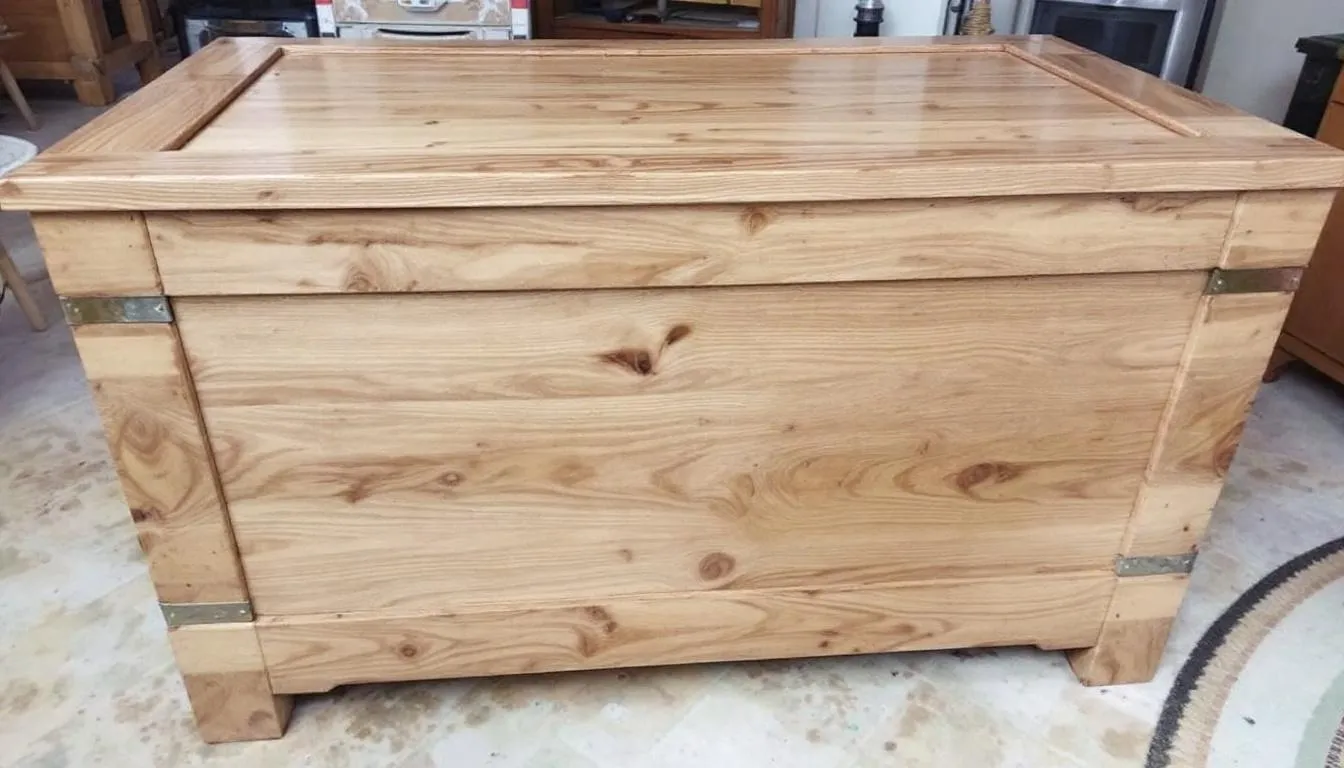
Engineered Materials
Engineered materials such as MDF (Medium Density Fiberboard) and particle board offer cost-effective alternatives for budget-conscious shoppers, typically ranging from $200 to $800 depending on size and finish quality. These materials allow manufacturers to create smooth, consistent surfaces ideal for painted finishes and contemporary designs.
Modern engineered chests of drawers often feature high-quality veneer finishes that closely mimic the appearance of solid wood while maintaining affordability. Laminate and melamine surfaces provide easy cleaning and resistance to stains, making them particularly suitable for children's furniture or high-use applications.
Weight considerations become important with engineered materials, as these pieces are often lighter than solid wood equivalents. While this can simplify moving and assembly, it may also affect stability when fully loaded. Quality manufacturers address this through improved base design and proper weight distribution.
Assembly requirements vary significantly among engineered options, with many featuring flat-pack designs for convenient transport and home assembly. Clear instructions and quality hardware ensure successful assembly, though some consumers prefer professional assembly services for larger or more complex units.
Modern Materials and Finishes
Contemporary chest designs increasingly incorporate alternative materials like rattan and cane webbing, particularly popular in coastal and boho-style bedroom furniture. These natural materials add texture and visual interest while maintaining practical functionality for clothing storage.
Metal accents and handles in finishes like brass, black powder coating, and brushed chrome provide both aesthetic appeal and durability. Quality metal hardware ensures smooth drawer operation while contributing to the overall design aesthetic, whether contemporary, industrial, or traditional.
Environmental considerations have led to increased use of low-VOC paints and finishes, sustainable sourcing practices, and certification programs ensuring responsible forestry. Many manufacturers now provide detailed information about their environmental practices and material sourcing.
Safety features in modern construction include soft-close drawer mechanisms that prevent slamming, rounded edges to reduce injury risk, and anti-tip devices for taller units. These features are significant in children's rooms and households with elderly residents, ensuring safe operation for all family members.
Storage Benefits and Organisation Solutions
Maximising bedroom storage efficiency requires understanding both the capacity and organisation potential of a chest of drawers. These versatile units can transform cluttered bedrooms into organised, functional spaces when properly utilised and equipped with appropriate storage accessories.
A typical 6-drawer chest can accommodate 40-80 clothing items, depending on drawer size and organisation methods. Strategic use of drawer dividers, organisers, and folding techniques can significantly increase this capacity while maintaining easy access to all stored items. The key lies in matching drawer sizes to specific clothing types and storage needs.
Drawer organisation systems range from simple divider inserts to comprehensive modular systems that create customised compartments. Top drawers work perfectly for small items like socks, underwear, and accessories, while deeper drawers accommodate bulkier items like sweaters, jeans, and linens. This systematic approach prevents the common problem of clothing becoming jumbled and difficult to locate.
Seasonal storage rotation becomes more manageable with dedicated chest storage. Many families use lower drawers for current-season clothing while storing off-season items in upper drawers, rotating contents as the weather changes. This system maximises closet space for hanging items while keeping seasonal clothing easily accessible.
Integration with existing wardrobe and closet systems creates comprehensive storage solutions that can eliminate bedroom clutter. The chest of drawers complements hanging storage by providing space for items that don't require hanging, creating a complete organisation system that meets all clothing storage requirements.
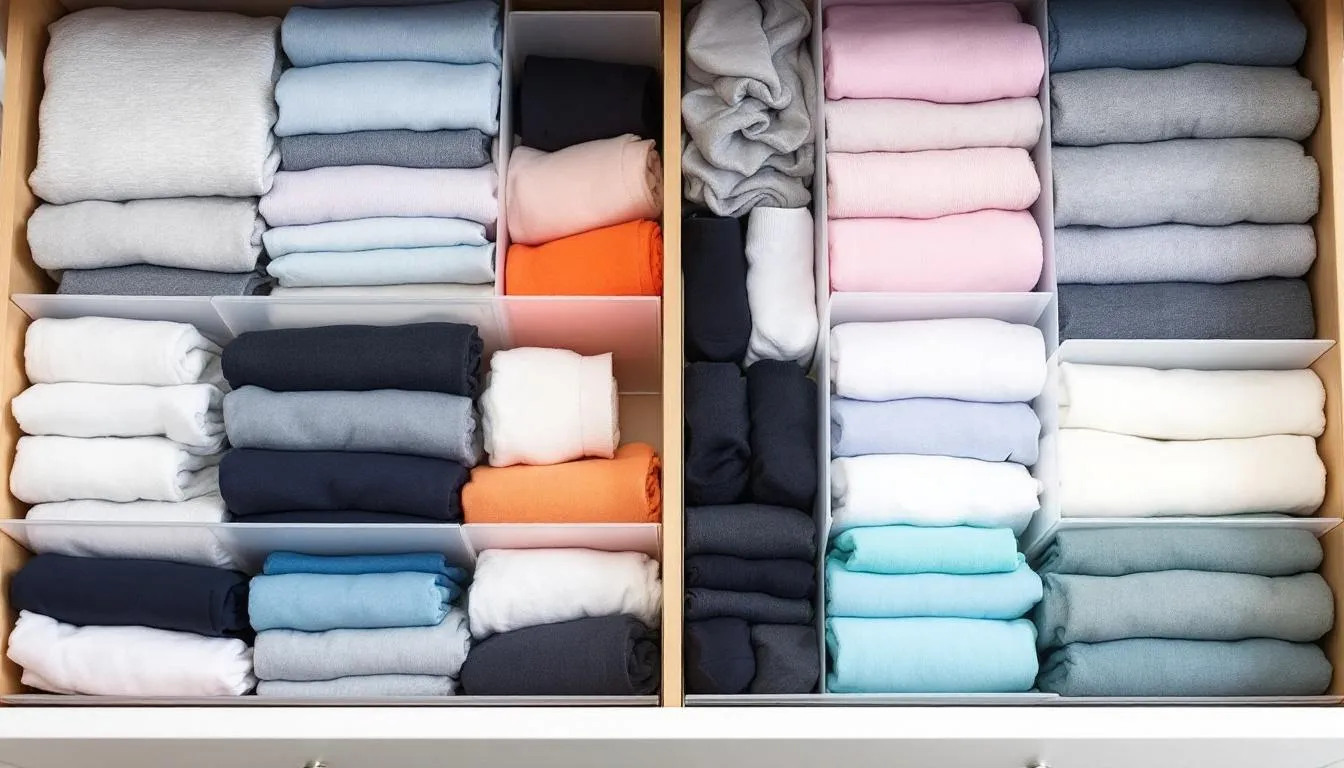
How to Choose the Right Chest of Drawers
Selecting the perfect chest of drawers requires careful consideration of room dimensions, storage requirements, style preferences, and budget constraints. Proper planning ensures your investment provides optimal functionality while enhancing your bedroom's aesthetic appeal.
Room measurement guidelines begin with allowing adequate clearance around the unit. The standard recommendation includes 60cm of clearance in front for comfortable drawer operation, plus sufficient space on at least one side for room circulation. Measure not just the floor space but also the ceiling height to ensure taller units fit comfortably.
Assessing storage needs involves cataloguing your current clothing collection and anticipating future requirements. Consider the types of clothing you own, frequency of use, and seasonal variations. Singles typically require less storage than couples, while growing families need to plan for expanding wardrobes in children's bedrooms.
Style coordination with existing bedroom furniture ensures a cohesive look that enhances rather than disrupts your room's design. Consider not just colour matching but also design elements like hardware styles, wood grains, and overall proportions. A well-chosen chest should complement your bed frame, side tables, and other bedroom pieces. You can pair your chest of drawers with matching bedside tables or other furniture to create a coordinated and harmonious setup.
Budget considerations extend beyond initial purchase price to include delivery, assembly, and long-term maintenance costs. While solid wood pieces require a higher initial investment, their durability and refinishing potential often provide better long-term value compared to cheaper alternatives that may need replacement.
Planning for the future involves considering life changes that affect storage requirements. Young professionals might start with smaller chests and upgrade later, while families with young children should consider safety features and accessibility for different age groups.

Chest of Drawers vs Dresser: Key Differences
Understanding the distinction between chest of drawers and dresser designs helps ensure you select the most appropriate storage solution for your specific needs and room configuration. While both serve similar storage purposes, their design differences create distinct advantages for different situations.
Structural differences represent the most obvious distinction between these furniture types. Chest of drawers features tall, narrow profiles that maximise vertical storage, while dressers typically present wider, lower configurations that provide more surface area on top. This fundamental difference affects both storage capacity and room placement options.
Historical context reveals that these terms originated from different furniture traditions. Tallboy chest designs evolved from the need to maximise storage in smaller spaces, while dresser designs developed from dressing table traditions that required surface space for grooming activities and mirror placement.
Functional differences extend beyond mere dimensions. Dressers often include mirrors and may incorporate seating areas or additional surface decorations, making them focal points for bedroom design. Chest of drawers prioritise pure storage function, though their tops can accommodate decorative items or practical accessories.
Drawer configuration patterns also differ between these furniture types. Chest of drawers typically features odd numbers of drawers arranged in single columns. In contrast, dresser drawers often come in pairs or wider configurations that span the entire width of the unit.
Room placement considerations vary significantly between these options. Chest of drawers work well in corners, along walls, or in tight spaces where floor space is limited. Dressers require more floor space but can serve as room anchors or focal points, often positioned where their wider surface can be appreciated and utilised.
The choice between these options often depends on whether you prioritise storage capacity, surface area, room size constraints, or existing furniture arrangements. Many bedroom setups successfully incorporate both types to create comprehensive storage solutions that meet all organisational needs.
Importance of Living Space
A thoughtfully arranged living space is essential for both comfort and well-being. In the bedroom, the right bedroom furniture—whether it's a sleek, contemporary dresser or a classic wooden chest—can make a significant difference in how the room feels and functions. A clutter-free environment not only looks more inviting but also helps reduce stress and improve sleep quality. When selecting bedroom furniture, consider how each piece will complement your overall décor and meet your practical needs. For example, a modern dresser can enhance a contemporary room, while a handcrafted wooden chest adds warmth and character to a coastal-inspired space. Prioritising both style and function ensures your bedroom remains a restful and organised retreat.
Room Placement and Versatile Uses
While primarily designed for bedroom use, a chest of drawers demonstrates remarkable versatility in serving storage needs throughout the home. Understanding optimal placement strategies and alternative applications helps maximise the utility of these practical storage solutions.
Primary bedroom placement benefits from strategic positioning that considers both functionality and room flow. Corner placement often works well for taller units, maximising floor space while keeping storage accessible. Wall placement allows for decorative arrangements on top while maintaining room circulation patterns.
Feng shui considerations suggest avoiding placement directly opposite the bed or blocking natural light sources. Many designers recommend positioning a chest of drawers where it complements rather than competes with other bedroom furniture, creating balanced and harmonious room arrangements.
Children's bedrooms and nurseries present unique placement opportunities that emphasise safety and accessibility. Lower chest heights allow children to reach their clothing independently, encouraging self-sufficiency and organisation skills. Safety features like rounded edges and anti-tip mechanisms become particularly important in these applications.
Living room and hallway applications extend the utility of the chest of drawers beyond bedroom storage. These units can store linens, seasonal decorations, games, or household supplies while providing surface space for lamps, plants, or decorative objects. The key is selecting styles that complement the living area décor. A chest of drawers can also function as a sideboard in dining areas or living rooms, offering extra storage and surface space for serving or display.
Home office applications utilise a chest of drawers for storing documents, office supplies, and organising equipment. Filing systems can be incorporated into larger drawers, while smaller compartments handle supplies and accessories. This application particularly suits home workers who need organised storage in a limited space.
Guest room setup considerations focus on providing convenient storage for visitors while maintaining the room's aesthetic appeal. A well-placed chest offers guests private storage space while contributing to the room's furnished, welcoming appearance.
Many furniture retailers offer a wide range of home furnishings, including sofas, allowing you to coordinate your storage solutions with other pieces throughout your home.
Creating a Functional Bedroom
Designing a functional bedroom starts with choosing the right furniture and layout to suit your storage needs and lifestyle. Begin by evaluating how much floor space you have and selecting storage solutions—like a chest of drawers or dresser—that fit comfortably without overcrowding the room. Please pay attention to the size, shape, and style of each piece to ensure it complements your décor and provides the storage you require. Leave enough space to move around easily, creating a sense of flow and openness. By carefully planning your furniture arrangement and selecting pieces that balance style with practicality, you can make a bedroom that is both beautiful and highly functional, enhancing your daily routine and overall quality of life.
Maintenance and Care Instructions
Proper maintenance ensures your chest of drawers provides years of reliable service while maintaining its aesthetic appeal. Care requirements vary based on materials and construction, but consistent attention prevents common problems and extends furniture life.
Daily cleaning routines should match the furniture's finish and material. Solid wood pieces benefit from dusting with soft, dry cloths followed by occasional conditioning with appropriate wood care products. Laminate and painted surfaces require gentle cleaning with appropriate cleaners that won't damage the finish.
Drawer maintenance involves regular inspection and lubrication of sliding mechanisms. Quality chest of drawers features ball-bearing slides or similar systems that benefit from occasional cleaning and lubrication. This simple maintenance prevents sticky drawer operation and ensures smooth function.
Protecting wood finishes requires attention to environmental factors like humidity, direct sunlight, and temperature fluctuations. Using coasters under decorative items, avoiding placement near heat sources, and maintaining consistent humidity levels help preserve finish quality and prevent warping or cracking.
Seasonal maintenance routines include thorough cleaning, hardware tightening, and organisation updates. Many homeowners use seasonal clothing changes as opportunities to clean drawers, check for needed repairs, and update organisation systems.
Repair solutions for common issues often involve simple adjustments or replacements. Sticky drawers might need track cleaning or adjustment, loose handles require tightening, and minor scratches can usually be addressed with appropriate touch-up products. Understanding when to attempt DIY repairs versus calling professionals helps maintain furniture value.
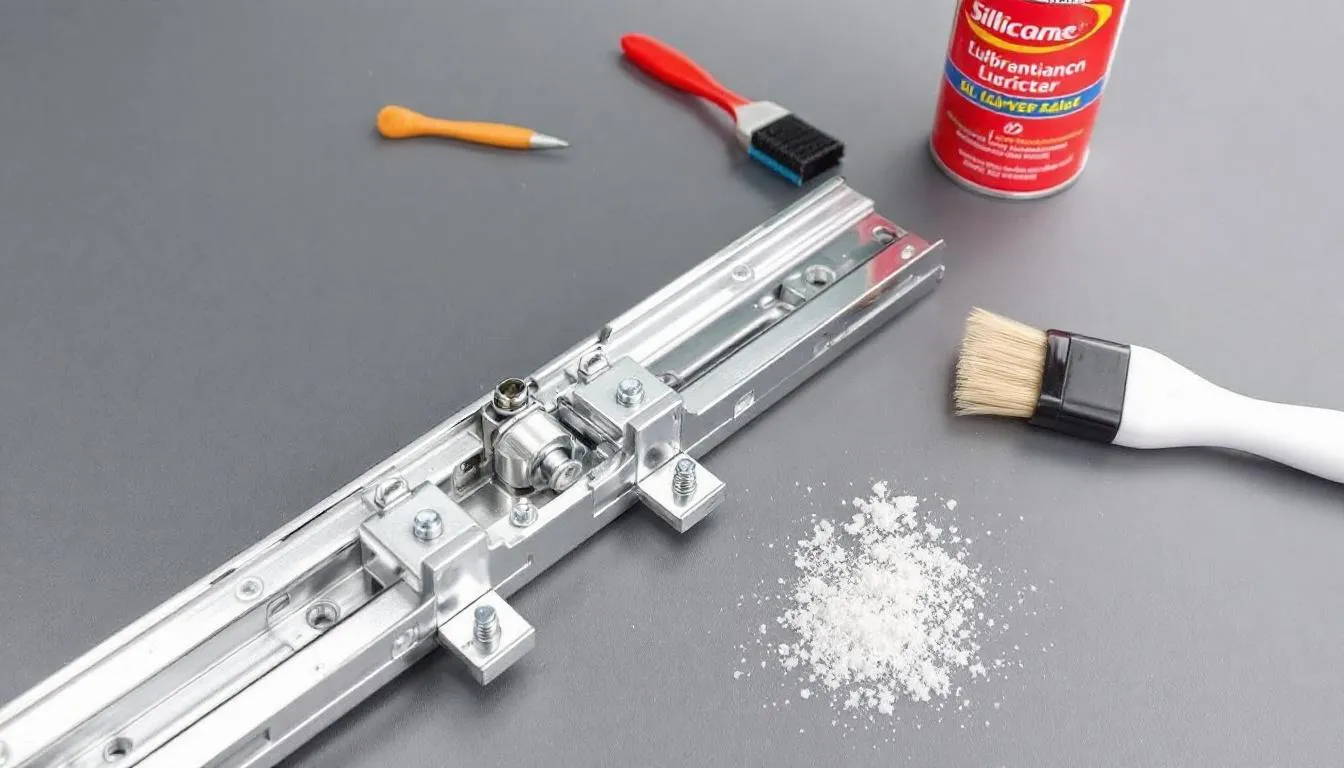
FAQ
What's the standard depth of a chest of drawers, and will it fit in my bedroom?
Most chest of drawers range from 45-55cm in depth, designed to accommodate folded clothing without wasting space. To ensure proper fit, measure your bedroom and allow at least 60cm of clearance in front of the chest for comfortable drawer operation. Consider the unit's height as well - taller units may overwhelm small rooms despite having the same footprint as shorter alternatives.
How many clothes can a typical 6-drawer chest hold compared to a wardrobe?
A well-organised 6-drawer chest can store approximately 60-80 clothing items, including underwear, socks, t-shirts, sweaters, and folded pants. This complements rather than replaces wardrobe storage, which excels at hanging items like dresses, suits, and shirts. Together, they create a complete storage system that maximises both hanging and folded storage capacity.
Are flat-pack chests of drawers as sturdy as pre-assembled furniture?
Quality flat-pack units can match the durability of pre-assembled furniture when assembled adequately with appropriate hardware and construction techniques. Please be sure to look for units with solid wood or quality engineered materials, metal cam locks or dowel construction, and detailed assembly instructions. The advantage of flat-pack is that it offers easier transport and often lower costs, while pre-assembled options provide immediate use and guaranteed construction quality.
Can I safely place a TV or heavy items on top of a chest of drawers?
Most quality chests of drawers can support 15-25kg on their top surface, sufficient for televisions, decorative items, or storage boxes. However, check manufacturer specifications and ensure the unit is properly anchored to prevent tipping, especially with taller chests. Distribute weight evenly and avoid overloading to maintain stability and prevent damage to the furniture or contents.
What's the best drawer configuration for organising different types of clothing?
Optimal organisation uses shallow top drawers for small items like socks, underwear, and accessories, medium drawers for t-shirts and casual wear, and deeper bottom drawers for bulky items like sweaters and jeans. Many people find a 6-drawer configuration ideal: two shallow top drawers, two medium middle drawers, and two deep bottom drawers, providing versatility for various clothing types and storage needs.


